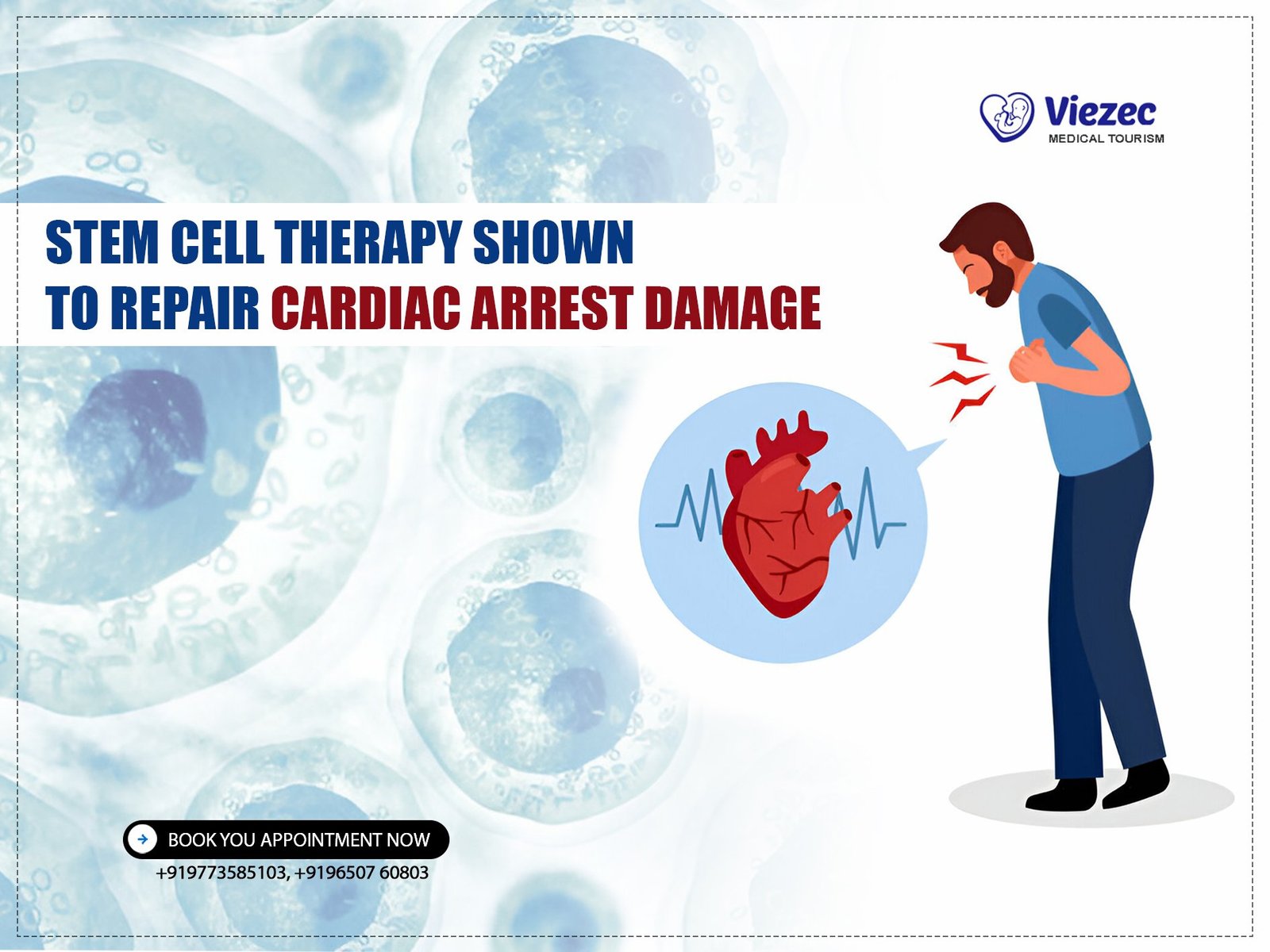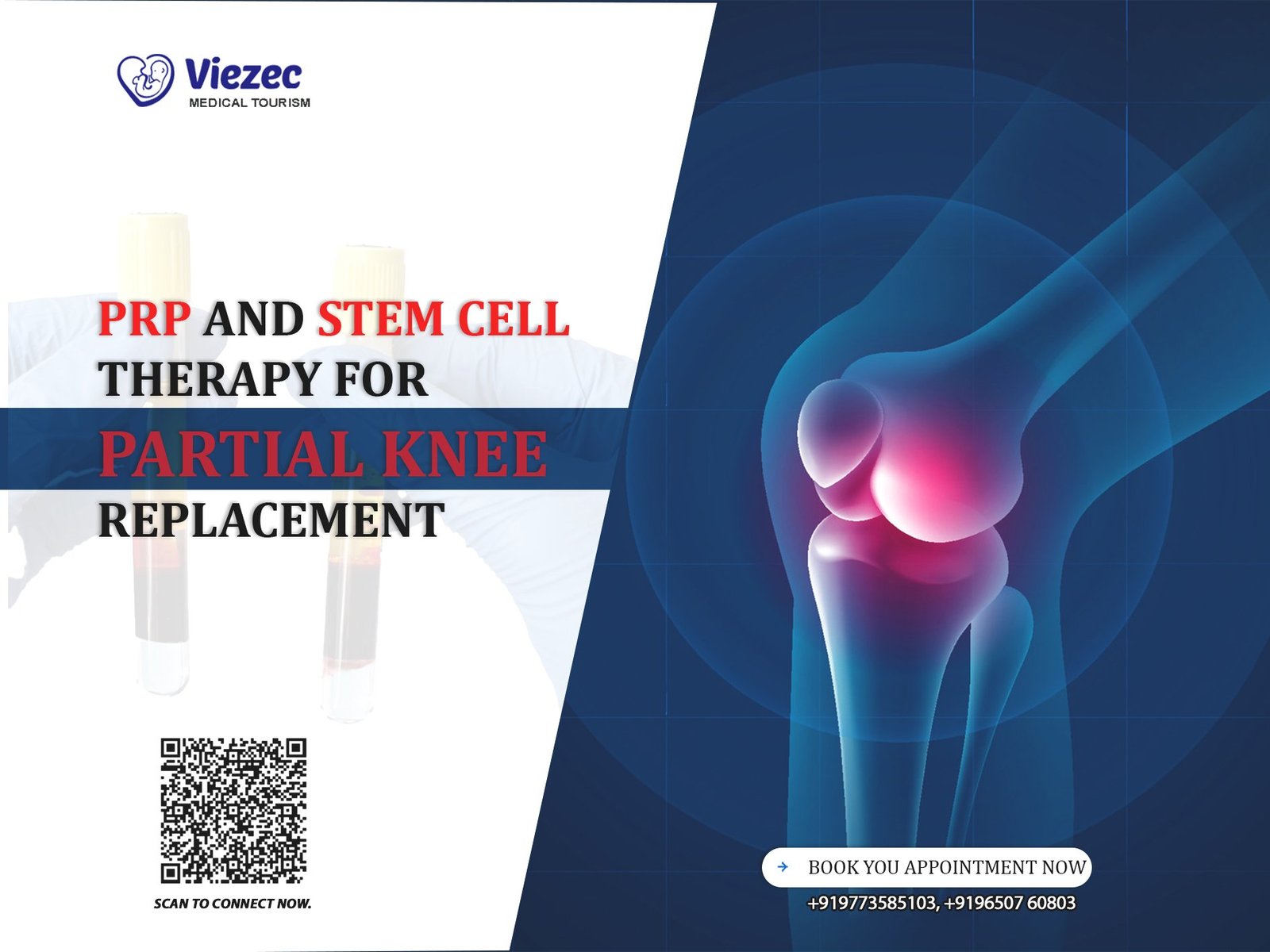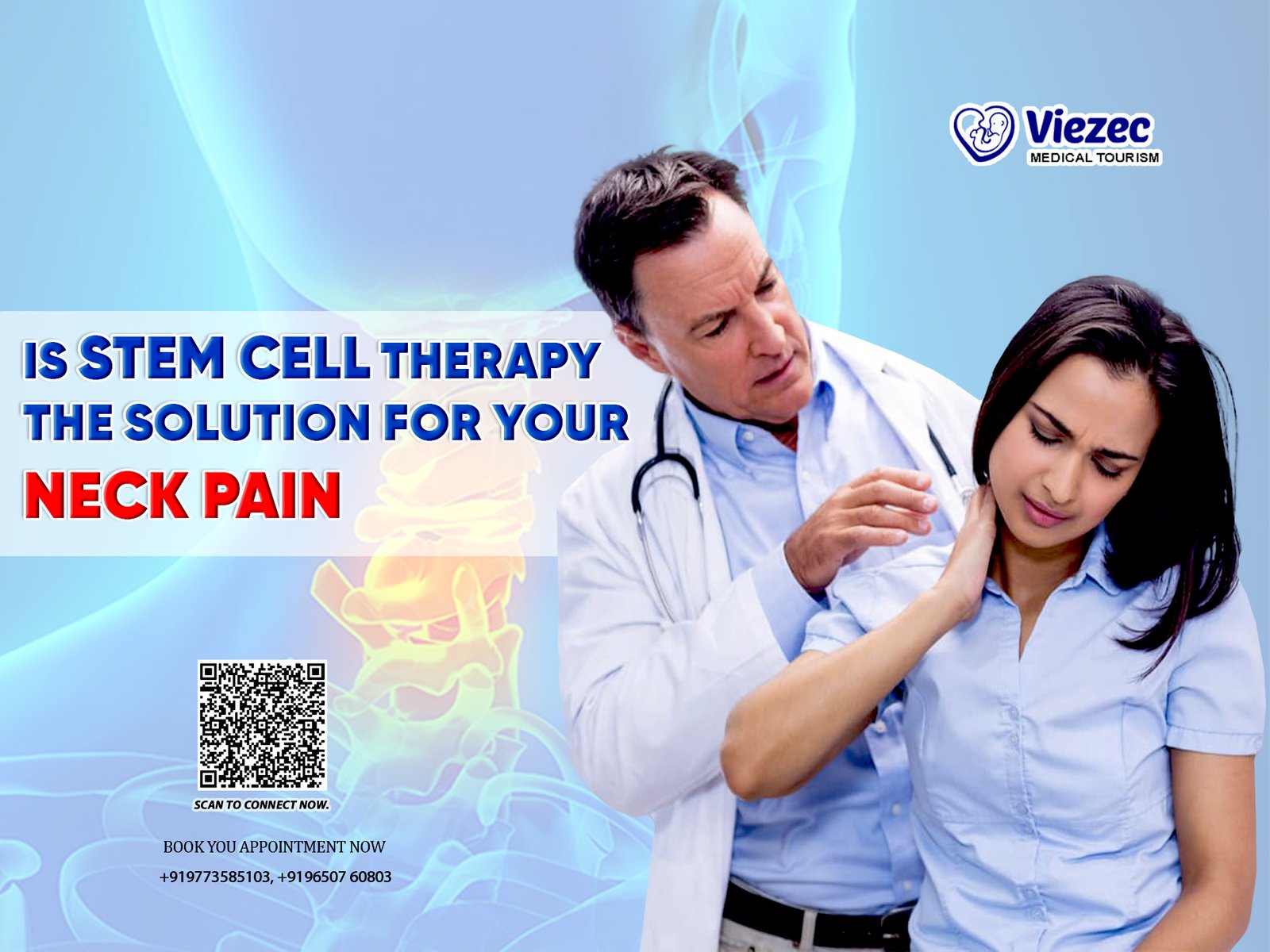Stem cell therapy has emerged as a promising avenue for addressing various medical conditions, including cardiac health issues. Stem cells, with their unique ability to differentiate into specialized cell types, offer a potential solution for repairing damaged tissues and organs, particularly in cases of cardiac arrest.
Importance of Addressing Cardiac Arrest Damage
Cardiac arrest, a sudden cessation of heart function, can lead to severe damage to the heart muscle due to the lack of oxygenated blood flow. This damage can significantly impair cardiac function and, if left untreated, may result in life-threatening complications such as heart failure or even death. Therefore, finding effective treatments to repair cardiac arrest damage is crucial for improving patient outcomes and quality of life.
Understanding Stem Cell Therapy
What are Stem Cells and Their Properties?
Stem cells are undifferentiated cells with the remarkable ability to develop into various cell types within the body. They possess two essential properties: self-renewal, the ability to divide and produce identical copies of themselves, and pluripotency, the capacity to differentiate into specialized cell types. These unique properties make stem cells an attractive option for regenerative medicine applications.
Mechanisms of Stem Cell Therapy in Cardiac Repair
In the context of cardiac repair, stem cell therapy works through several mechanisms. Firstly, transplanted stem cells can differentiate into cardiomyocytes, the cells responsible for heart contraction, replacing damaged tissue. Additionally, stem cells can promote angiogenesis, the formation of new blood vessels, improving blood supply to the injured area. Moreover, stem cells have been shown to modulate the inflammatory response and stimulate endogenous repair mechanisms within the heart tissue.
Are Stem Cells Used to Repair Heart Attack Damage?
Exploring Stem Cell Applications in Heart Attack Recovery
While stem cell therapy shows promise in repairing heart attack damage, its efficacy is still under investigation. Several studies have explored the use of various stem cell types, including mesenchymal stem cells (MSCs) and cardiac progenitor cells, in improving cardiac function post-heart attack. These studies have yielded encouraging results, demonstrating the potential of stem cells to enhance heart muscle regeneration and function.
Clinical Trials and Research Findings
Numerous clinical trials have been conducted to evaluate the safety and efficacy of stem cell therapy for heart attack recovery. These trials have demonstrated the feasibility of stem cell transplantation and have provided valuable insights into the optimal cell types, delivery methods, and patient selection criteria. While some trials have shown significant improvements in cardiac function and patient outcomes, others have reported more modest benefits, highlighting the need for further research and refinement of treatment protocols.
Can Stem Cell Therapy Be Used to Repair Damaged Organs?
Potential Applications Beyond Cardiac Health
In addition to cardiac repair, stem cell therapy holds promise for treating a wide range of other medical conditions and injuries. Researchers are exploring its potential applications in regenerating various organs and tissues, including the liver, kidneys, lungs, and nervous system. Stem cells offer a novel approach to tissue engineering and regenerative medicine, offering hope for patients with debilitating conditions for which traditional treatments have been inadequate.
Current Research on Organ Regeneration Using Stem Cells
Research into organ regeneration using stem cells is still in its early stages, but promising advancements have been made. Scientists are investigating different stem cell sources, such as embryonic stem cells, induced pluripotent stem cells (iPSCs), and adult stem cells, to determine their efficacy in repairing and replacing damaged tissues. While challenges remain, such as immune rejection and ethical concerns, ongoing research efforts continue to push the boundaries of what is possible in regenerative medicine.
How Does Stem Cell Therapy Work to Improve an Individual’s Cardiac Health?
Targeted Approaches in Cardiac Tissue Regeneration
Stem cell therapy for cardiac health involves targeted approaches aimed at repairing damaged heart tissue and restoring normal cardiac function. Researchers are exploring various strategies to optimize stem cell delivery, enhance cell survival and integration, and maximize therapeutic effects. These include the use of biomaterial scaffolds, growth factors, and genetic engineering techniques to improve the engraftment and differentiation of transplanted stem cells within the heart.
Factors Influencing Effectiveness of Stem Cell Therapy
Several factors can influence the effectiveness of stem cell therapy in improving cardiac health. These include the choice of stem cell type, the timing and method of cell delivery, the patient’s age and overall health, and the presence of comorbidities such as diabetes or hypertension. Additionally, optimizing the microenvironment within the heart tissue to support stem cell survival and differentiation is critical for maximizing therapeutic outcomes.
What Are Stem Cell Patches for Cardiac Repair?
Design and Functionality of Stem Cell-Based Patches
Stem cell-based patches offer a promising approach for delivering stem cells directly to the site of cardiac injury. These patches typically consist of a scaffold material seeded with stem cells, which can be surgically implanted onto the surface of the heart. The scaffold provides structural support and promotes cell attachment and survival, while the stem cells release paracrine factors that stimulate tissue regeneration and repair.
Advantages and Challenges in Clinical Implementation
Stem cell patches offer several advantages over traditional injection-based delivery methods, including enhanced cell retention and localized therapy. However, challenges remain, such as optimizing patch design and fabrication, ensuring long-term cell viability and functionality, and minimizing immune rejection and inflammatory responses. Addressing these challenges is critical for advancing the clinical translation of stem cell patch technology and realizing its full potential in cardiac repair.
Stem Cells Shown to Aid Repair After Cardiac Arrest
Evidence from Studies and Clinical Trials
Recent studies have provided compelling evidence of the therapeutic potential of stem cells in aiding repair after cardiac arrest. Preclinical studies in animal models have demonstrated improvements in cardiac function, reduction in scar tissue formation, and increased survival rates following stem cell transplantation. Moreover, clinical trials in human patients have reported encouraging results, with some individuals experiencing significant improvements in heart function and quality of life post-treatment.
Insights into Long-Term Outcomes and Patient Recovery
While the short-term benefits of stem cell therapy for cardiac arrest are promising, questions remain regarding its long-term efficacy and safety. Longitudinal studies are needed to assess the durability of treatment effects, potential adverse events, and the impact on overall mortality and morbidity rates. Furthermore, ongoing research efforts are focused on optimizing treatment protocols and identifying patient-specific factors that may influence treatment outcomes and prognosis.
Therapeutic Potential of Mesenchymal Stem Cells
The therapeutic potential of mesenchymal stem cells (MSCs) in treating cardiac arrest damage has garnered significant attention in recent years. These multipotent cells possess remarkable regenerative abilities and have shown promising results in repairing damaged cardiac tissue. MSCs, derived from various sources such as bone marrow, adipose tissue, and umbilical cord blood, exhibit characteristics that make them ideal candidates for regenerative medicine.
Characteristics and Advantages of Mesenchymal Stem Cells
MSCs possess several unique characteristics that contribute to their therapeutic efficacy. Firstly, they have the ability to differentiate into multiple cell types, including cardiomyocytes, endothelial cells, and smooth muscle cells, allowing them to replace damaged tissue. Moreover, MSCs exhibit immunomodulatory properties, which enable them to modulate the inflammatory response and promote tissue repair. Additionally, these cells have low immunogenicity, minimizing the risk of rejection when transplanted into patients.
Applications in Cardiac Regeneration and Beyond
In the realm of cardiac regeneration, MSC-based therapies offer a promising avenue for restoring cardiac function post-cardiac arrest. Preclinical studies have demonstrated that MSCs can enhance angiogenesis, reduce fibrosis, and improve myocardial contractility, leading to significant improvements in cardiac function. Beyond cardiac health, MSCs have shown potential in treating a myriad of other conditions, including neurological disorders, autoimmune diseases, and orthopedic injuries, highlighting their versatility and clinical utility.
Repair Damaged Tissue After a Heart Attack
Repairing damaged tissue after a heart attack remains a significant challenge in cardiovascular medicine. Stem cell-based therapies have emerged as a promising approach to address this issue by promoting tissue regeneration and functional recovery. Various strategies have been employed to enhance the regenerative potential of stem cells, including genetic modification, preconditioning, and scaffold-based delivery systems.
Strategies Employed in Tissue Regeneration
One of the key strategies employed in stem cell-based tissue regeneration is the use of biomaterial scaffolds to provide structural support and enhance cell engraftment. These scaffolds mimic the extracellular matrix of the target tissue and facilitate the survival, proliferation, and differentiation of transplanted cells. Additionally, genetic modification techniques have been utilized to enhance the therapeutic efficacy of stem cells by promoting their survival, homing, and integration into the host tissue.
Comparisons Between Different Stem Cell Types and Techniques
Several types of stem cells, including embryonic stem cells (ESCs), induced pluripotent stem cells (iPSCs), and adult stem cells, have been investigated for their potential in cardiac regeneration. While ESCs and iPSCs offer unlimited proliferation and differentiation capacity, they pose ethical concerns and risk tumorigenicity. In contrast, adult stem cells, particularly MSCs, are more readily available and exhibit safer immunological profiles. Moreover, advancements in cell reprogramming and tissue engineering have enabled the development of innovative techniques to enhance the therapeutic efficacy of stem cell-based therapies.
Stem Cell-Based Therapy Improved Quality of Life for Patients
The implementation of stem cell-based therapy has shown promising results in improving the quality of life for patients recovering from cardiac arrest. Clinical trials have demonstrated that MSC transplantation can lead to significant improvements in cardiac function, exercise capacity, and quality of life in patients with heart failure. Furthermore, patient testimonials underscore the transformative impact of stem cell therapy on their overall well-being, providing hope for those suffering from debilitating cardiac conditions.
Patient Perspectives and Testimonials
Patients who have undergone stem cell-based therapy for cardiac repair often report improvements in symptoms such as chest pain, shortness of breath, and fatigue. Many individuals experience enhanced exercise tolerance and a reduction in hospitalizations, allowing them to engage in daily activities with greater ease and confidence. Moreover, the psychological benefits of stem cell therapy, including reduced anxiety and improved mood, contribute to a better overall quality of life for patients and their families.
Future Directions and Challenges in Stem Cell Therapy for Cardiac Health
While stem cell-based therapy holds immense promise for cardiac regeneration, several challenges must be addressed to realize its full clinical potential. Issues such as cell delivery, engraftment, and long-term safety remain areas of active investigation. Furthermore, optimizing the timing and dosage of stem cell transplantation, as well as identifying patient-specific factors that influence treatment outcomes, are crucial for achieving optimal therapeutic efficacy. Despite these challenges, ongoing research efforts continue to advance our understanding of stem cell biology and pave the way for innovative therapies to improve cardiac health.
FAQs
How safe is stem cell therapy for treating cardiac conditions?
Stem cell therapy for cardiac conditions, particularly using mesenchymal stem cells, has been shown to be relatively safe with minimal adverse effects reported in clinical trials. However, long-term safety concerns and potential risks, such as tumorigenicity and immune rejection, remain areas of ongoing research.
What are the limitations of current stem cell-based therapies for cardiac repair?
Current stem cell-based therapies face several limitations, including low cell retention and survival rates post-transplantation, limited scalability and standardization of cell manufacturing processes, and variability in patient responses. Addressing these limitations will be crucial for optimizing the efficacy and reproducibility of stem cell therapies for cardiac repair.
How can patients access stem cell therapy for cardiac conditions?
Patients interested in stem cell therapy for cardiac conditions should consult with their healthcare providers to determine eligibility and explore available treatment options. Clinical trials and specialized medical centers may offer access to investigational stem cell therapies, while ongoing research aims to expand access and improve outcomes for patients with cardiac conditions.
To learn more about the latest advancements in stem cell therapy and cardiac regeneration, visit us online or consult with a healthcare professional specializing in regenerative medicine.









